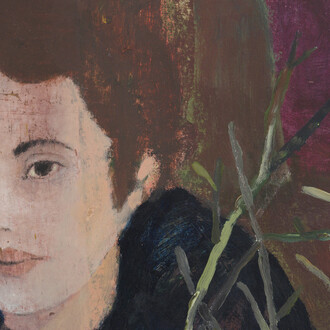Gallery Anne Barrault exhibits photographs by Manuella Marques, who has selected a set of recent works for this solo show.
There is not a theme or a subject, which could define her approach. On the contrary, each image is endowed with its own singularity, and the meaning of this exhibition lies in their being connected. The dialogue which takes place between the photographs let the question of the double status of the object appear: “ The object which is seen has an ambiguous status: it is the object that I see, because it is present to me, but at the same time, it is something else; it is this unfamiliar reality that cannot be completely apprehended by perception.”1.
Looking at Manuela Marques’ pictures, we feel this special ambivalence, which does not seem to come from what they have in common, but on the contrary, from what makes them different.
As a matter of fact, the singularity of each of these images is what, through their ceaseless variations, distinguishes one from the other. The object, in the foreground, can be blurred as well as extremely clear, and the hardly visible background in some photographs can be emphasized in others. The object in the picture is sometimes perishable, such as a piece of apple, or unchanging, such as a stone. It floats, or takes root in the ground. Our impressions vary according to these multiple states, like, for example, that of not being able to see enough, and that of seeing too well. All these photographs create as many different situations to seize reality.
One of them shows the black shape of a bird against a blue background in which branches are outlined. The full black figure of the bird makes a black screen in the image, a kind of absence, which reveals a presence. As this void pulls us , the photograph expresses itself silently. It appeals to the viewer, opens a gap, and so allows him to dream up. What the image gives us to see goes on and propels us into a different time and a different space.
Manuela Marques’works give birth to new perceptions based, particularly, on the ambiguity of reality and what is seen. The way we look at things is improved; we look more carefully, or at least, differently. This new way of looking is surprising, without giving any answer. That is why we must receive these images like as many silent poems.
Notes
1 Mikel Dufrenne, Phénéménologie de l’expérience esthétique, Paris, PUF, 1953, t. I,p.285.
















